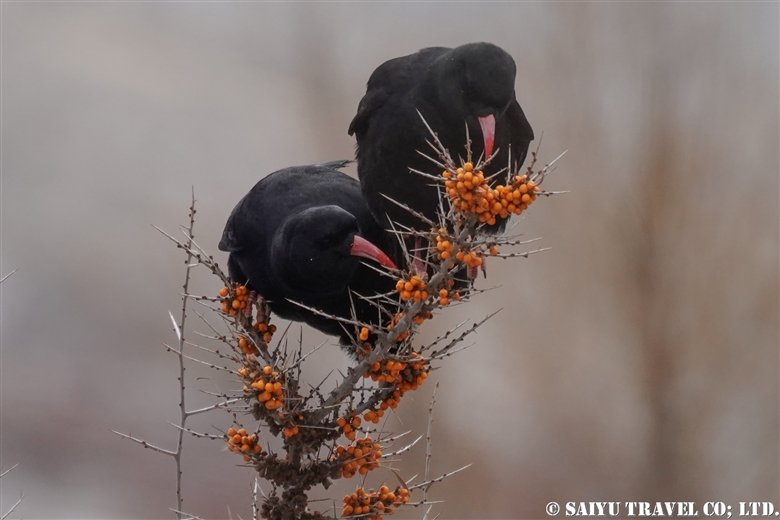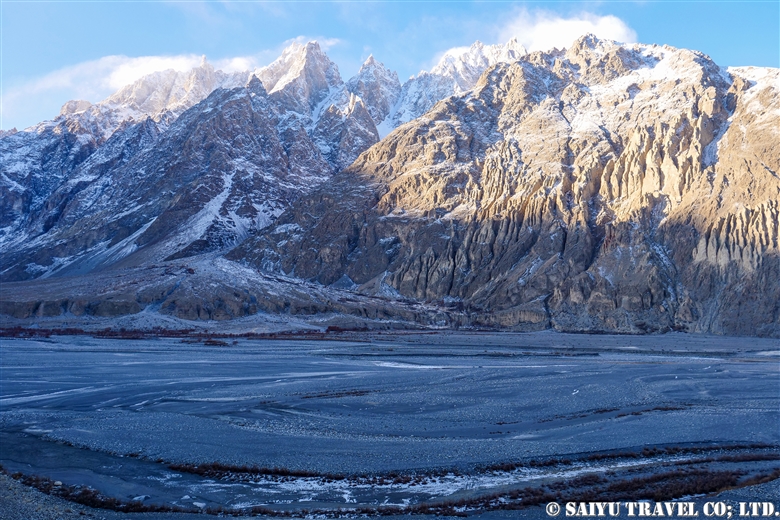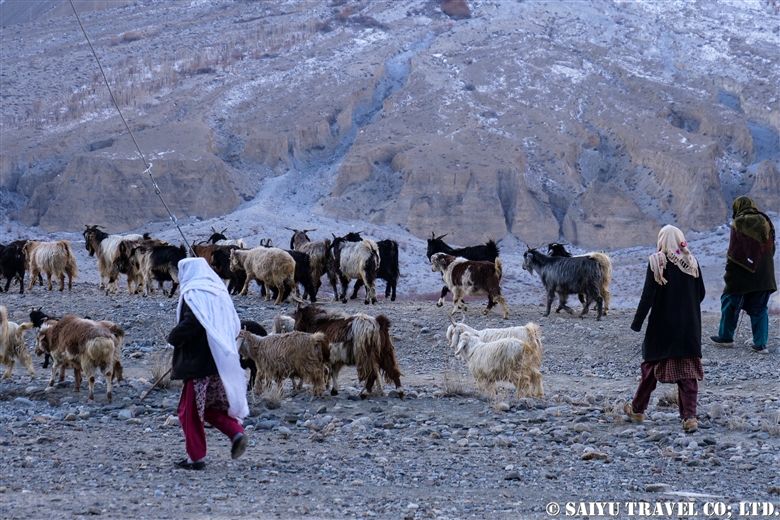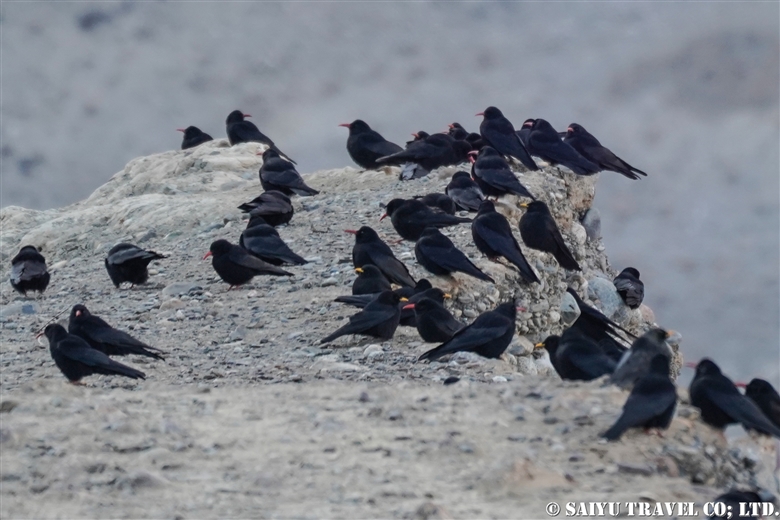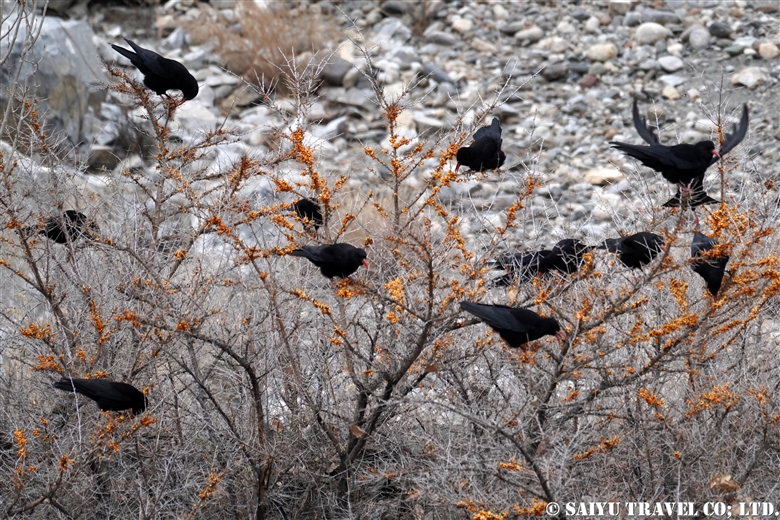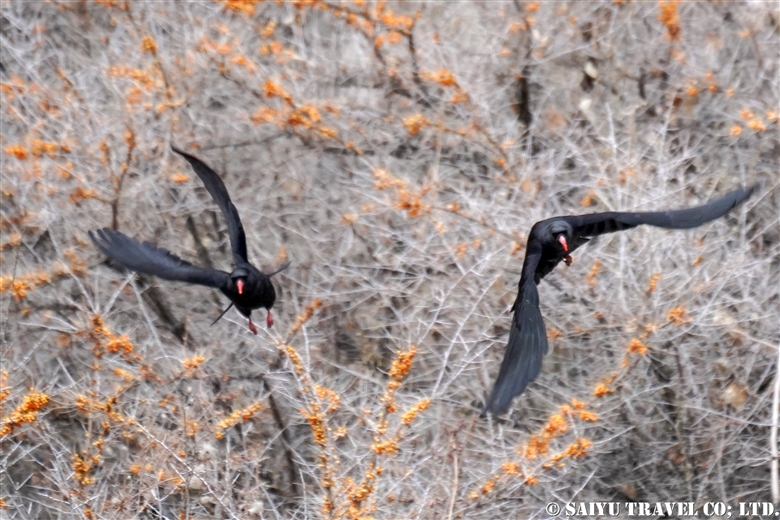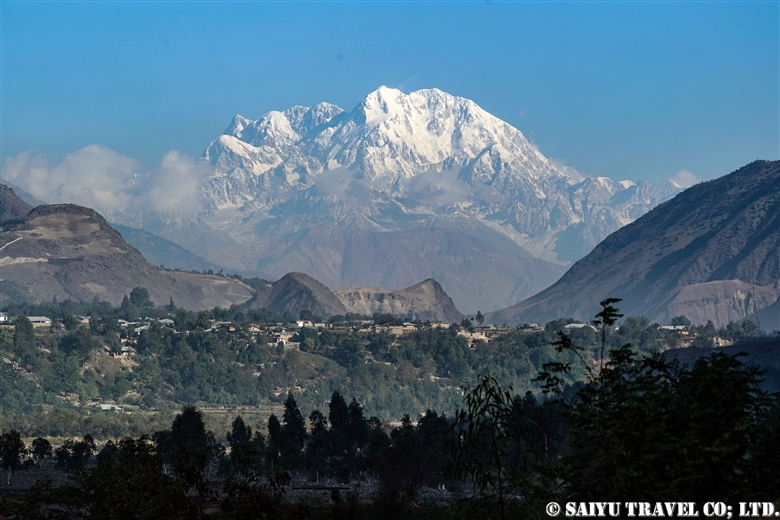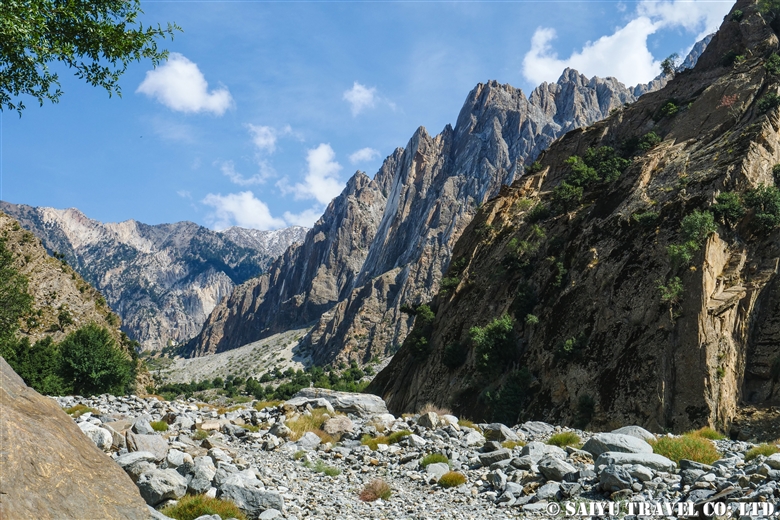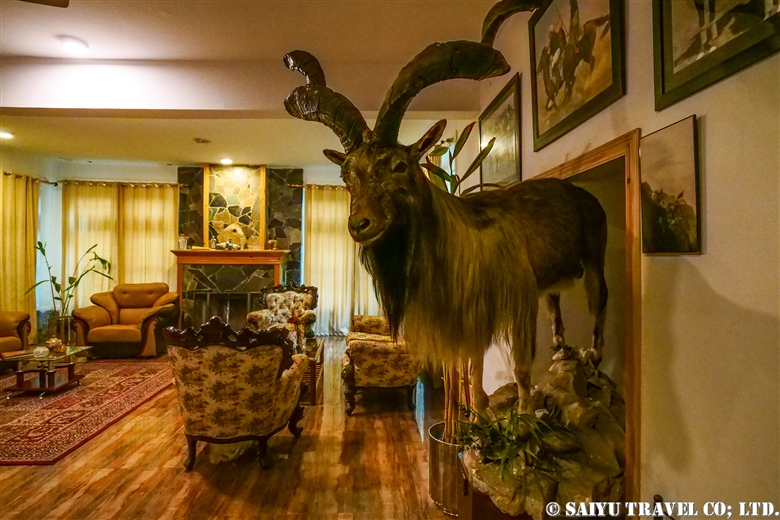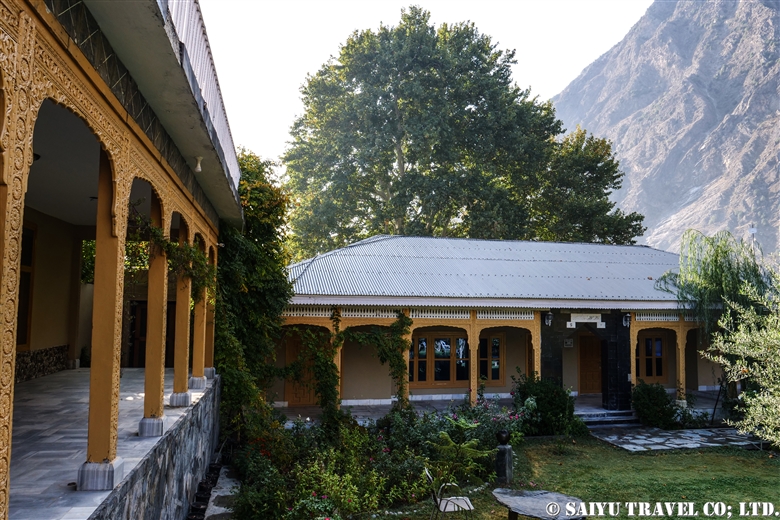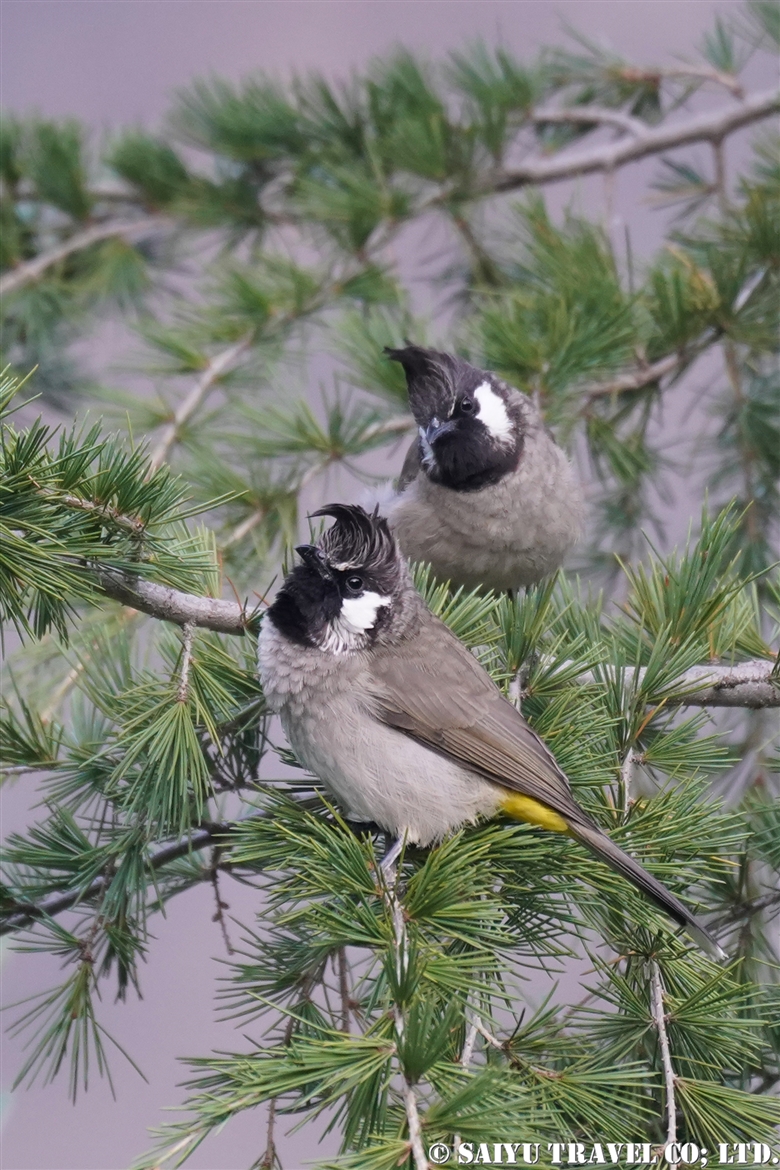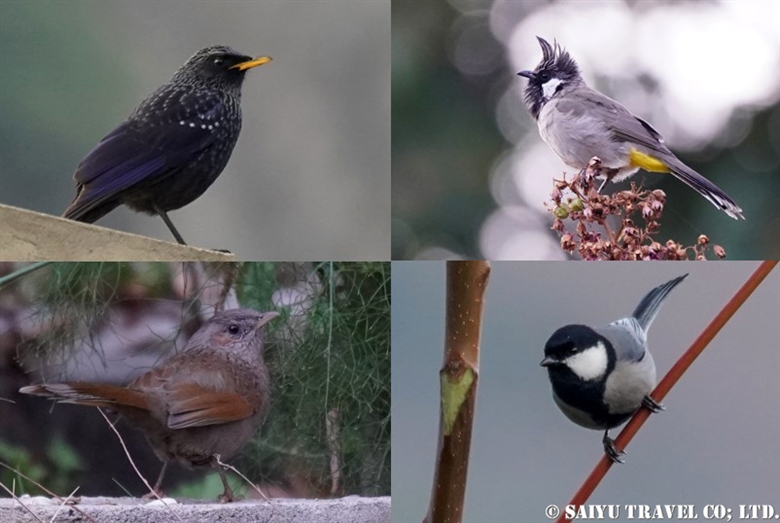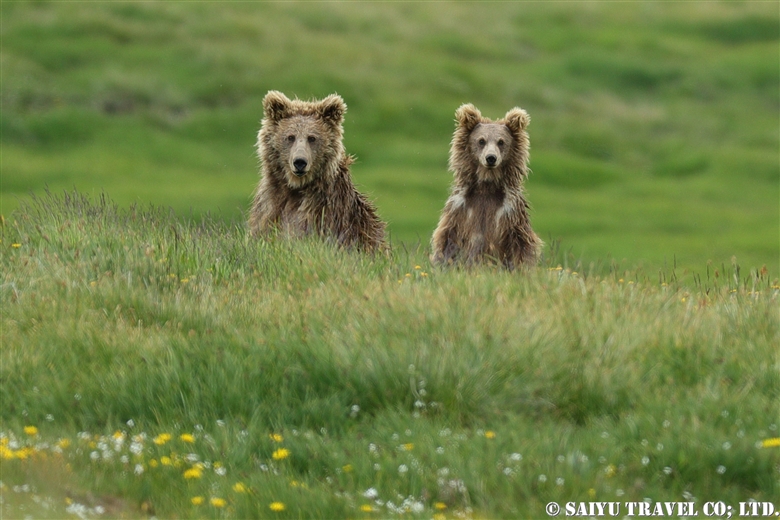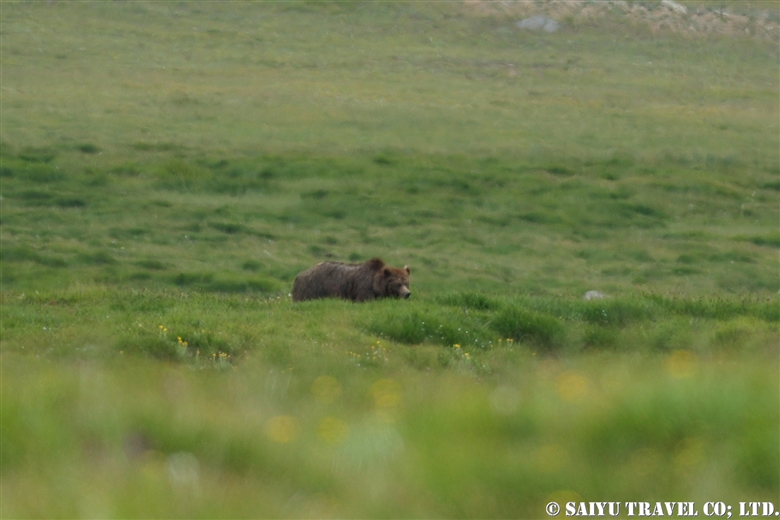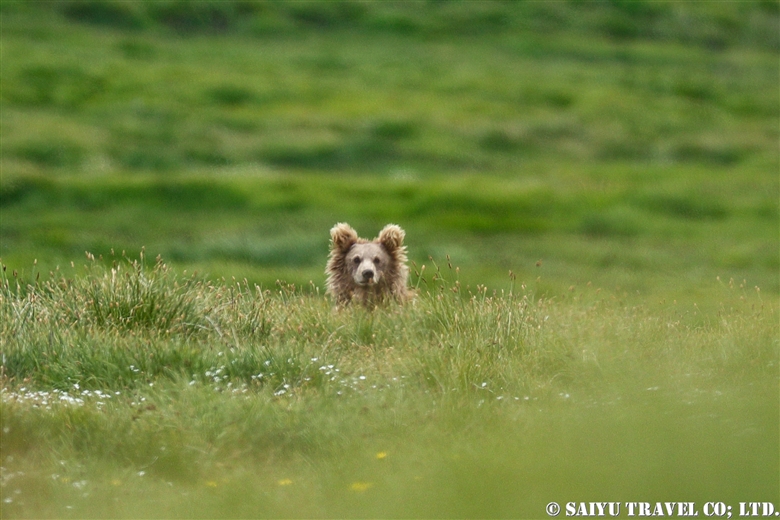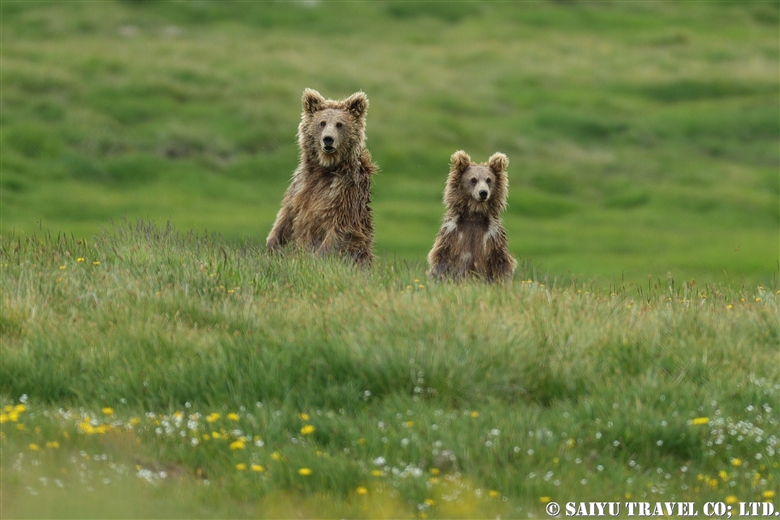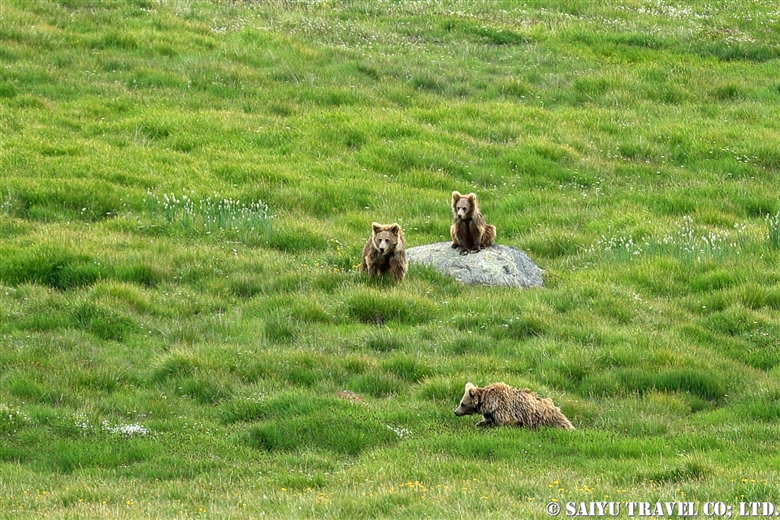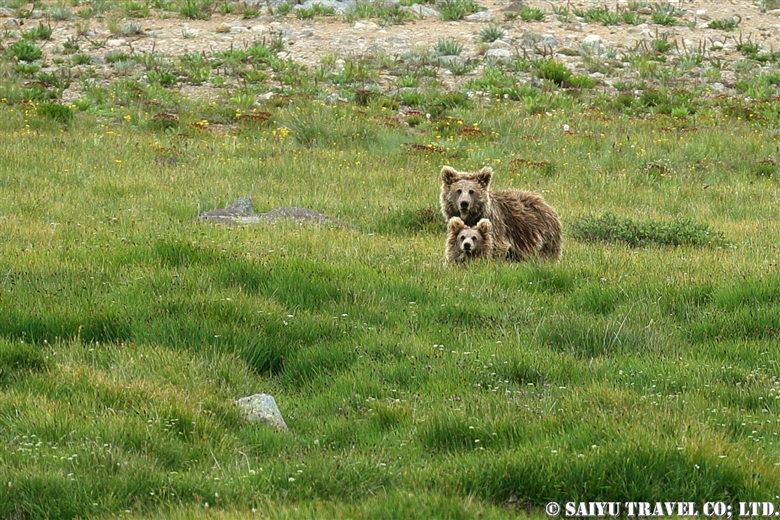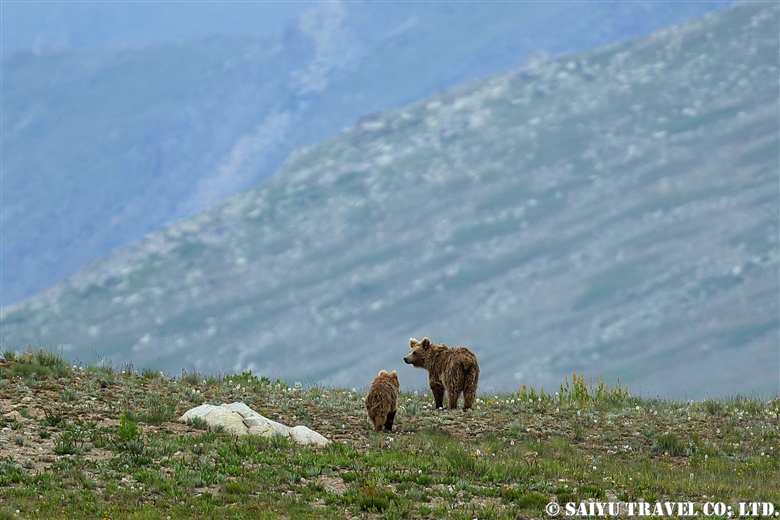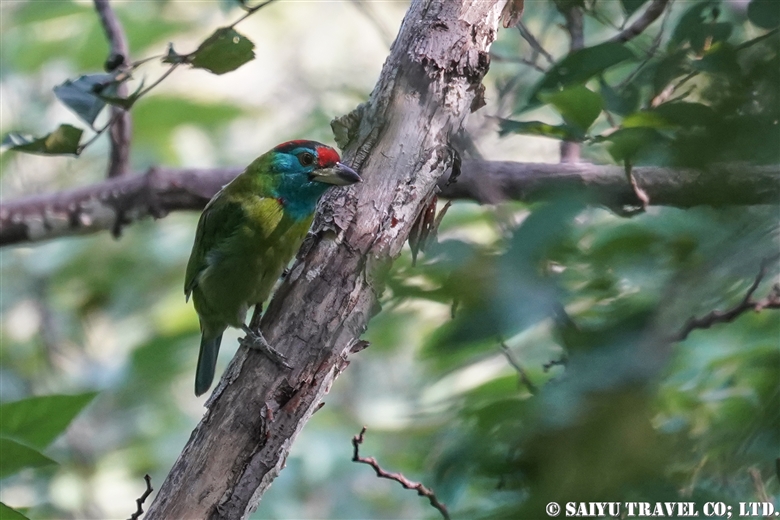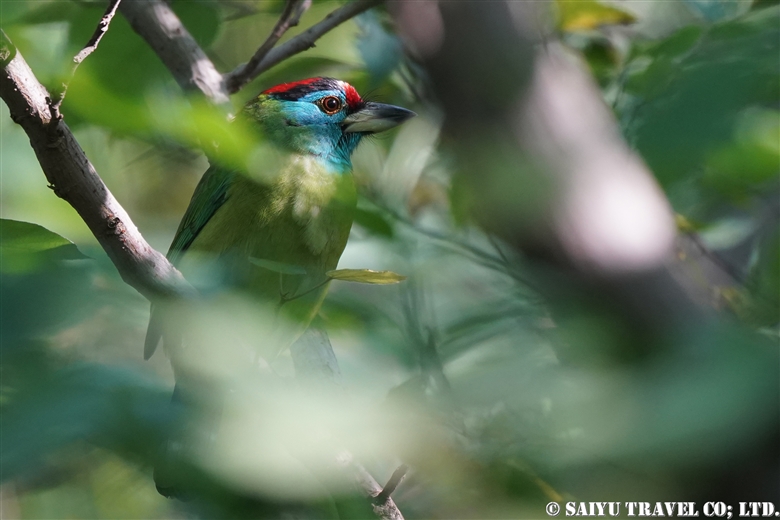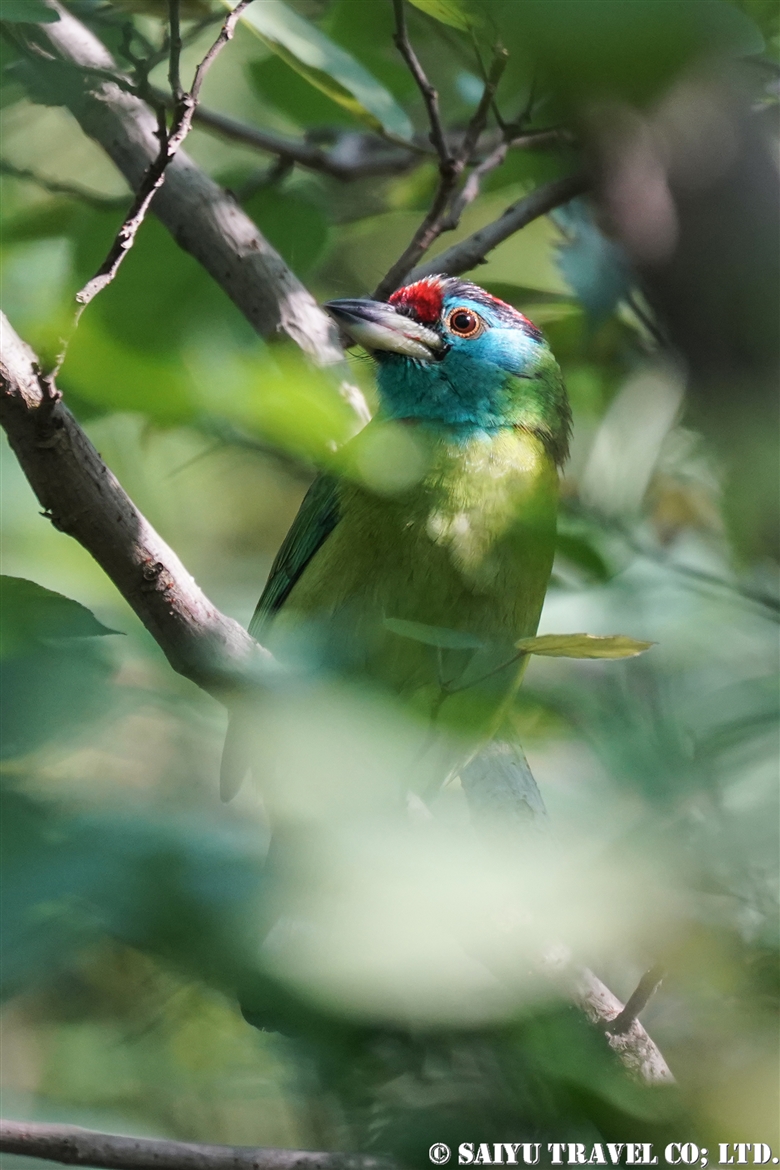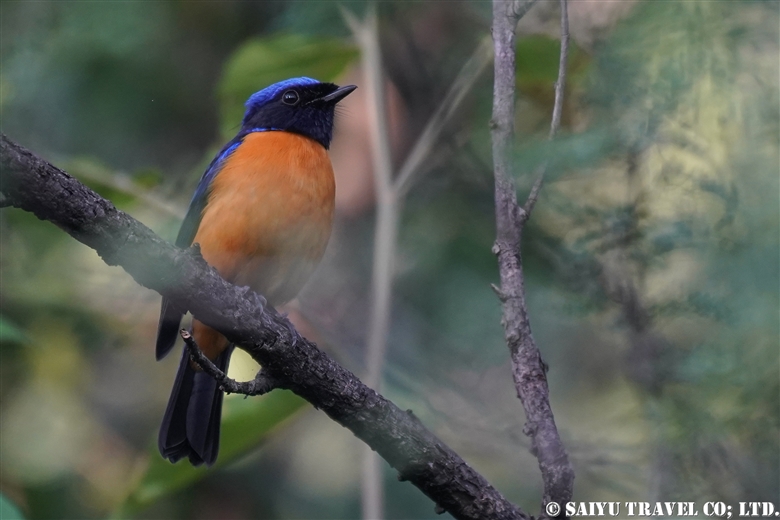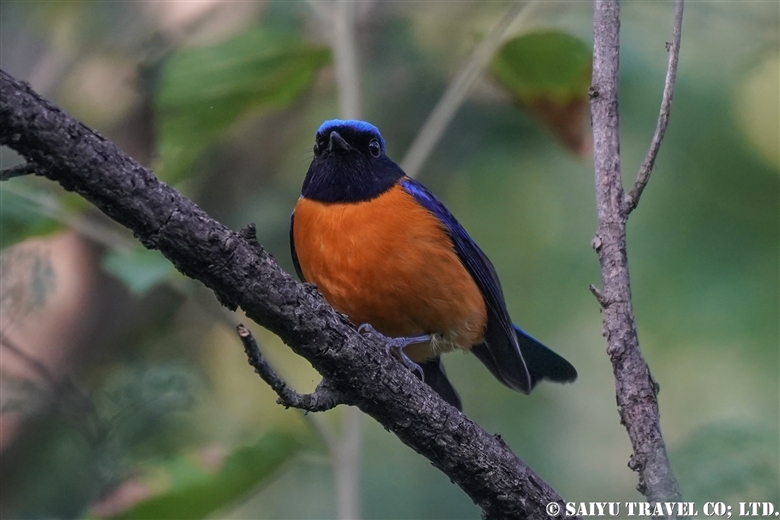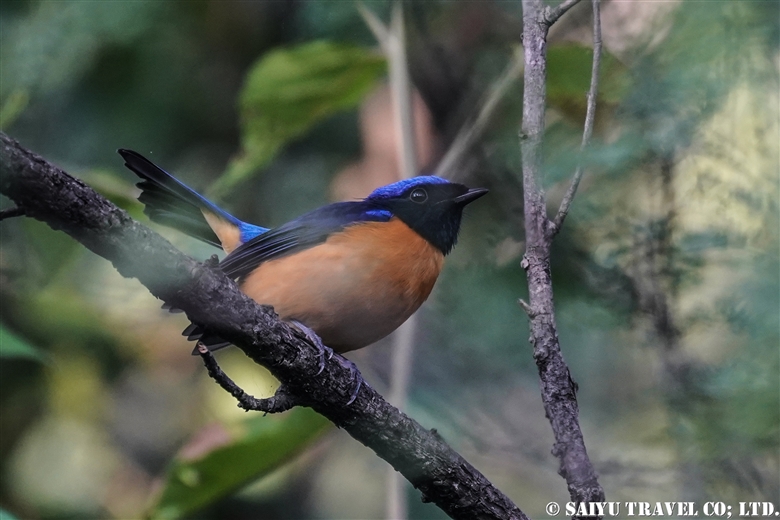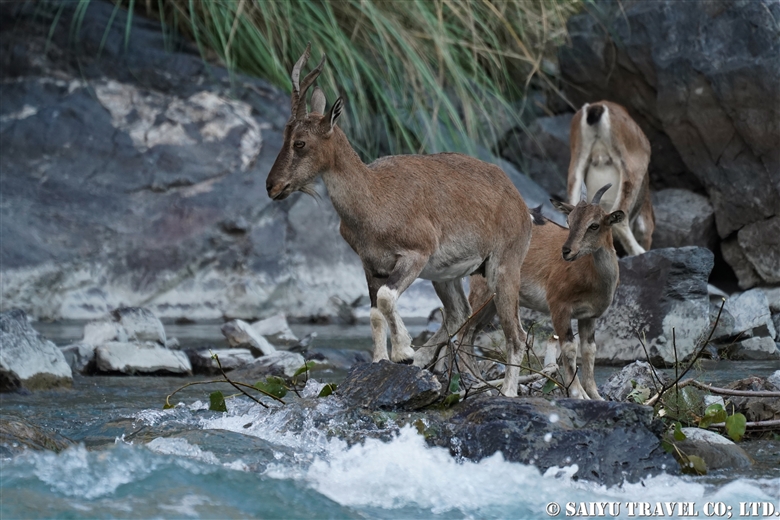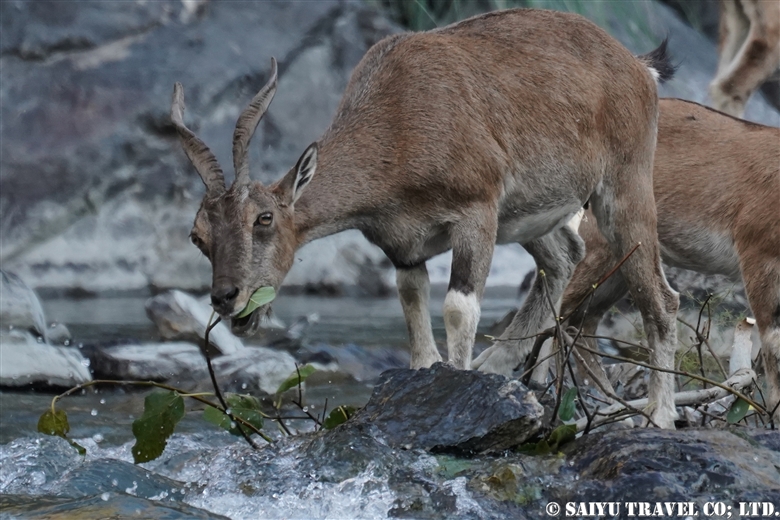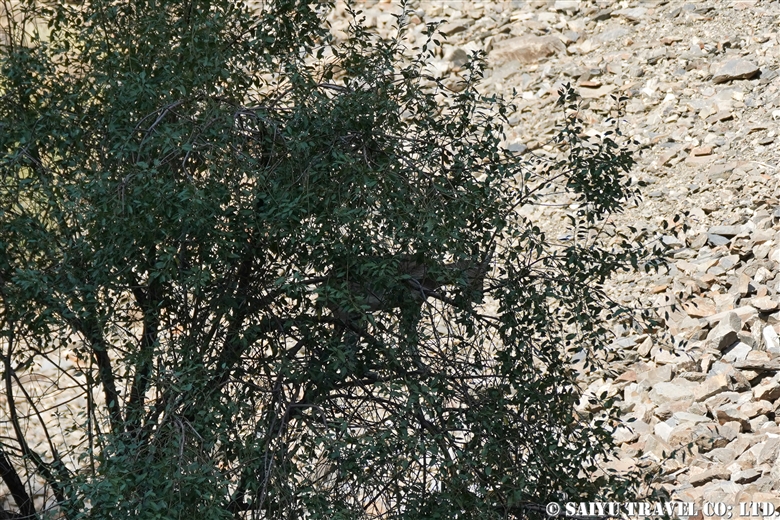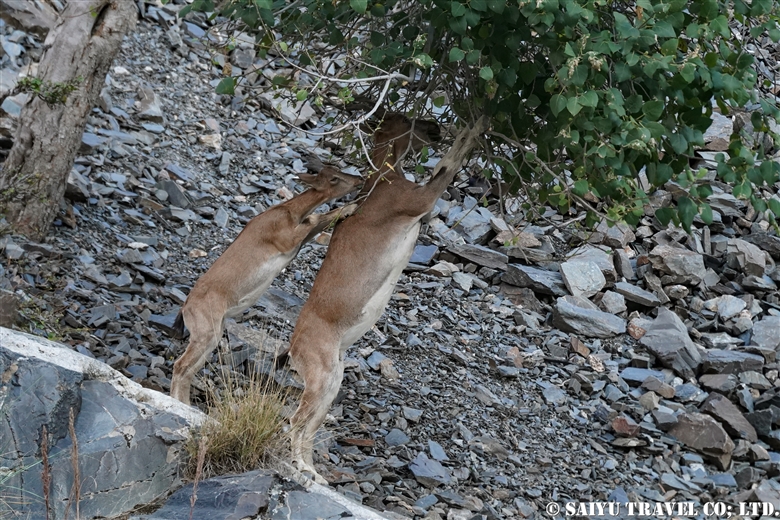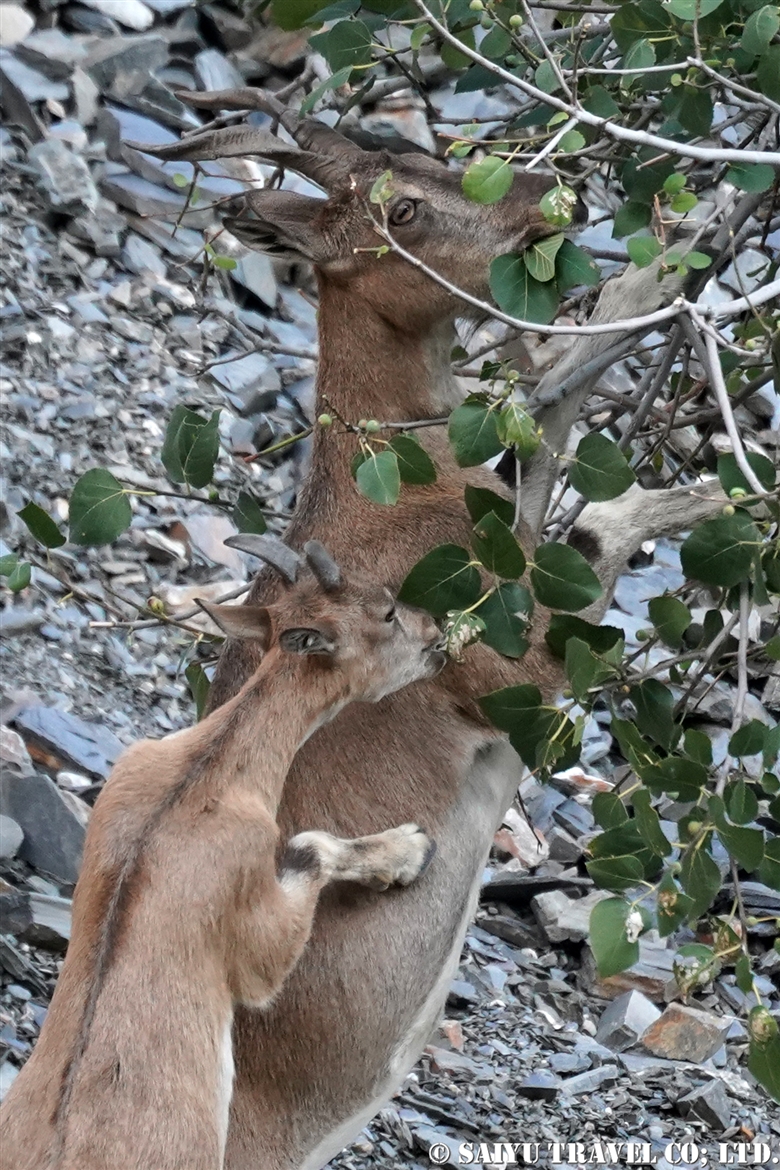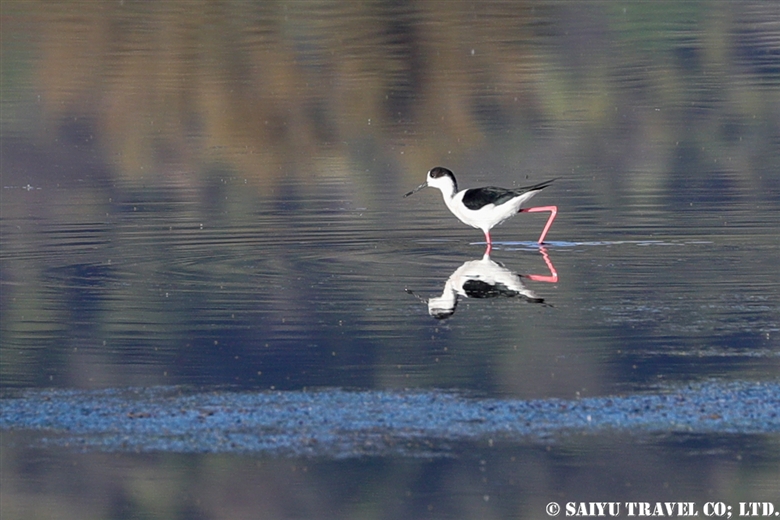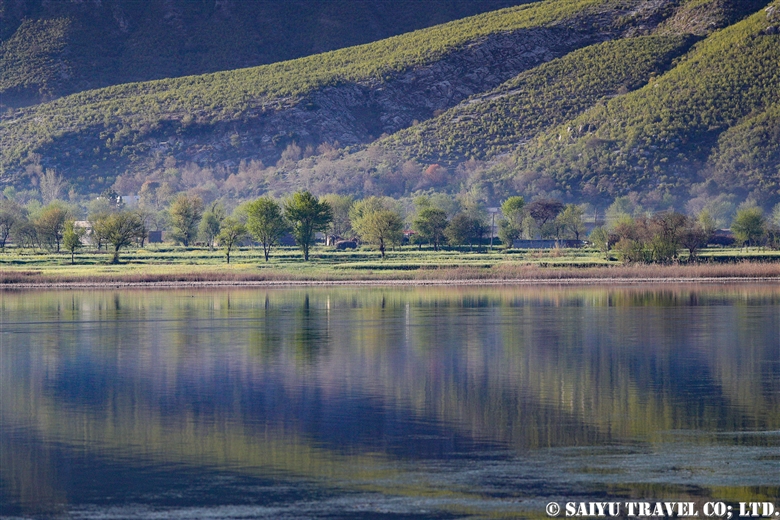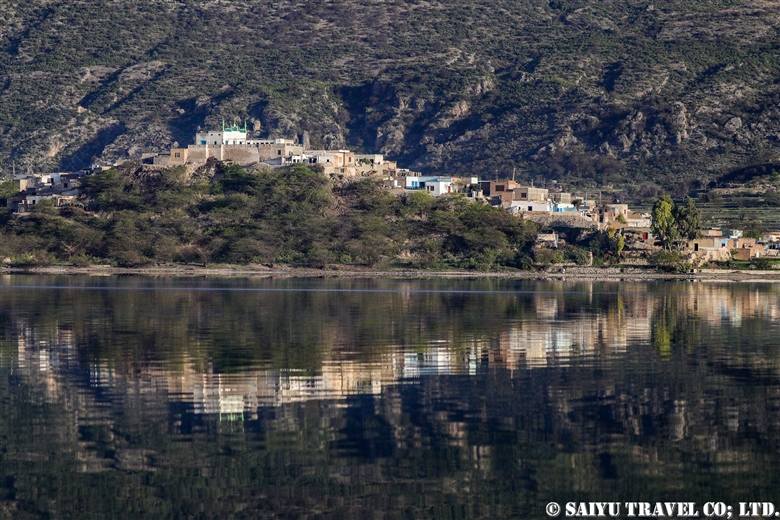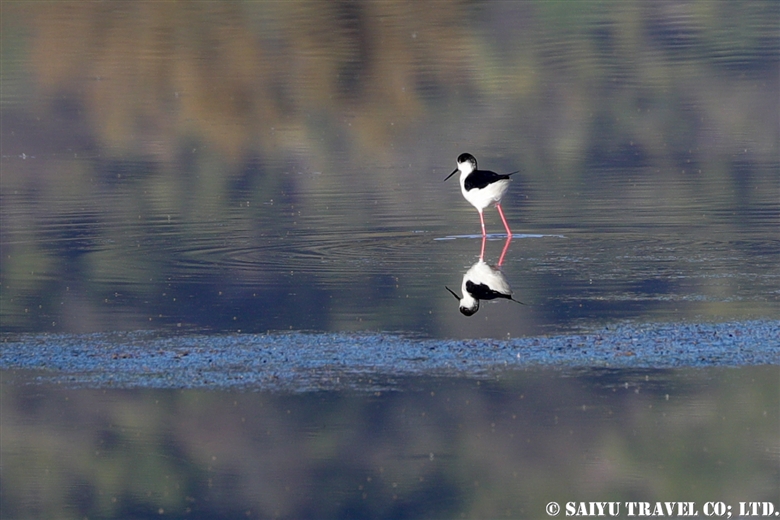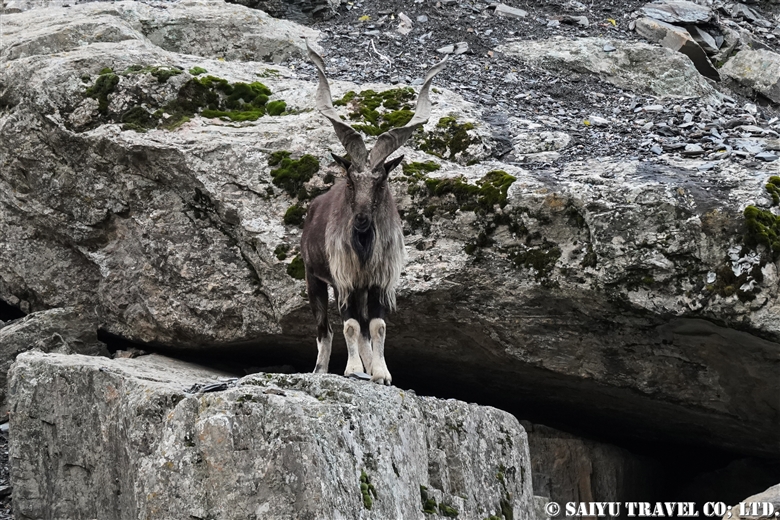
The Markhor belongs to the genus Capra, (pronounced mārkhor) and is the world’s tallest goat family in the genus.
The male markhor is known as the “King of the Horned Animals” as well as “King of Goats” which seems to be an irresistible draw to the niche of ‘Fans of Horned Animals.’
Inhabiting western India and central Asia, most markhor are found in the core zone of the mountainous region of Pakistan. At one point, poaching greatly reduced the population, but as of 2020, the population seems to be making a recovery thanks to efforts to control trophy hunting and reduce illegal hunting.
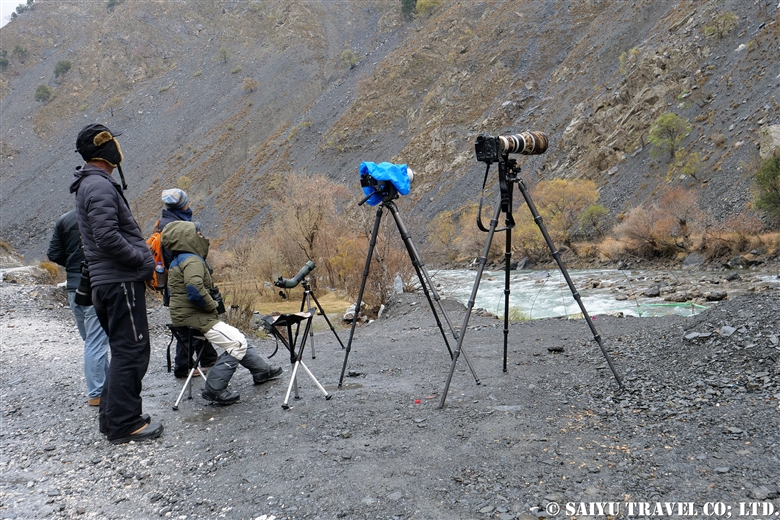
Visiting the Tooshi-Shasha Conservancy, we were lucky to get a good view of markhor just on the other side of the river.
The Tooshi-Shasha Conservancy, established in 1979 with 1,045 hectares, was expanded in 1998 to 20,000 hectares, as a community-managed reserve by the surrounding 7 villages. Unlike national parks where hunting is prohibited, it is a managed area where limited hunting is permitted.
In Pakistan, normally wild animals will flee at the sight of humans, due to having been hunted, but it was possible to view them quite closely in the Conservancy.
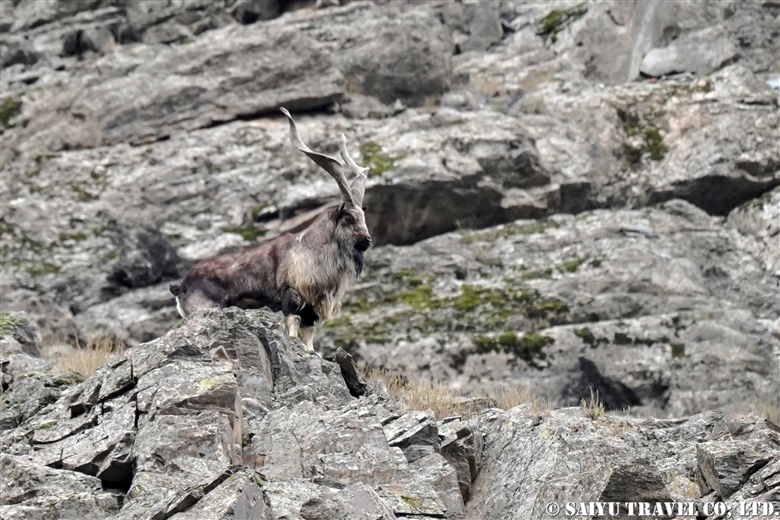
This is a male markhor. The ones seen in this area are a subspecies called “Kashmir Markhor.” In the northern part of Pakistan, there is another subspecies called the “Astor Markhor.”
The male here has a nice set of horns. In this season, they will come to lower elevations in search of mating opportunities with females.
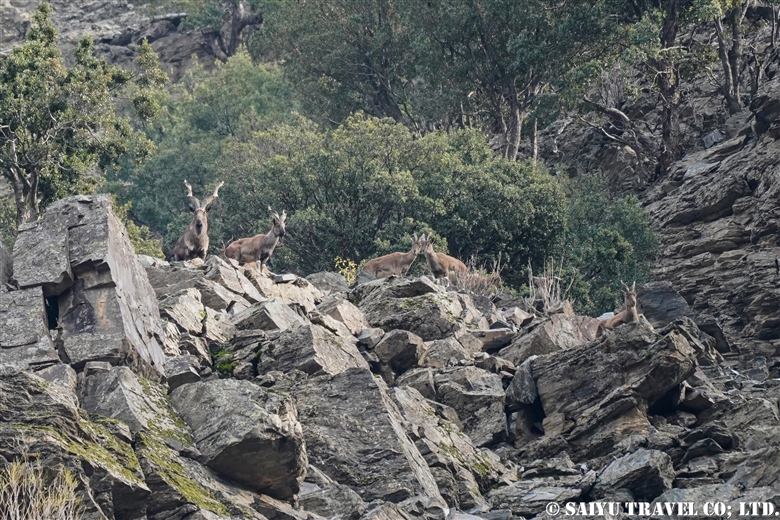
A herd of Kashmir markhor. Normally herds only have females and juvenile males but during this season, adult males can be seen with them.
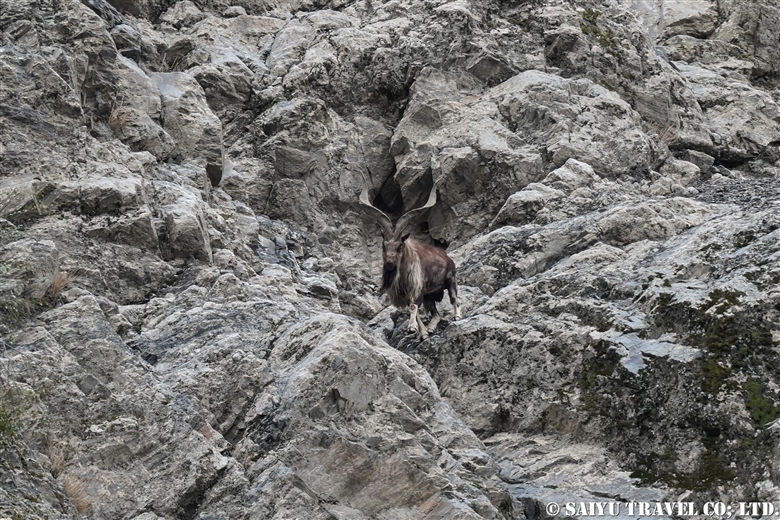
Coming down the mountain.
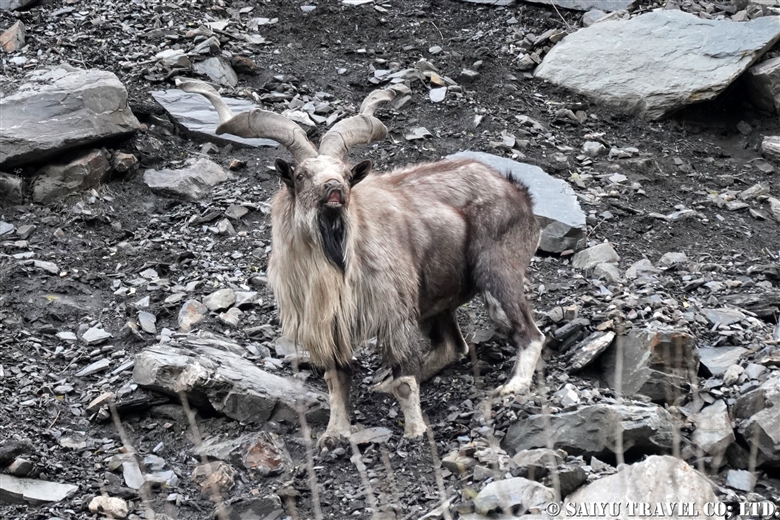
He was getting very close. The male’s horns can reach up to 160 cm (63 inches). Females can also have horns, but they only grow to 25 cm (10 inches) in length. The females are also remarkably smaller in body size as well.
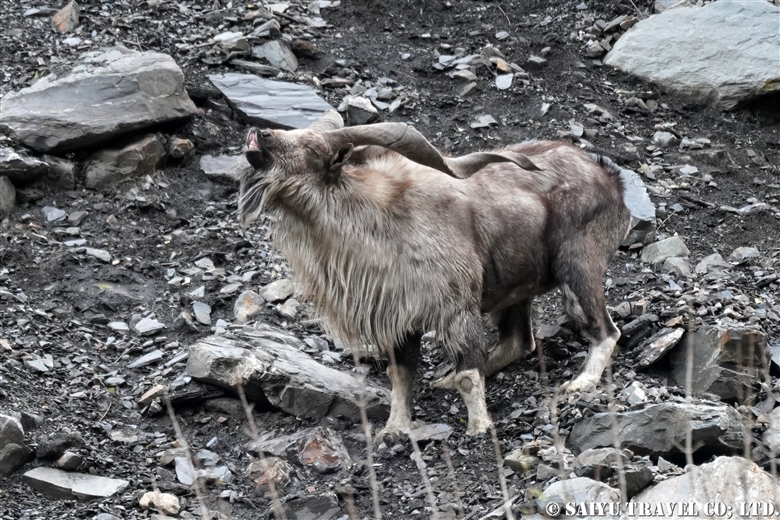
The male will raise his upper lip, sticking out his tongue…It seems this flehmen response is a reaction to the females in estrus.
The markhor’s breeding season is also sadly the same as hunting season for the rich trophy hunters. The hunting permits are auctioned to the highest bidders to wealthy hunters who aim to get these big-horned trophies for their collections.
In 2020, the year of an unprecedented pandemic, we had heard that the auctions went ahead and permits were already sold. But there was a big question if the hunters would show up or not! The day after we left, we heard that they did arrive from overseas to claim their permits. In the 20,000 hectare Tooshi-Shasha Conservancy there are an estimated 1,400 markhors (2015 population survey data) so every year 2 are allowed to be taken by the trophy hunters.
The Kashmir markhor are auctioned starting from 9,000 to 10,000 US$ and from there the permit is awarded to the highest bidder. Most of these proceeds (about 80%) are returned to the community, such as for schools and health care for the villagers. .
These 2 hunted markhor are therefore quite important sources of income for the locals and directly connects back to the conservation and management of these endangered wildlife. This is a model that modern Pakistan has which promotes the “Coexistence of Humans and Wildlife.”
Photo & text : Mariko SAWADA
Observation : Dec 2020, Tooshi-Shasha Conservancy, Chitral, Khyber Paktunkhwa
Special Thanks : KPK Wildlife Department, WWF Pakistan, Tomo AKIYAMA
Tag : Khyber Pakhtunkhwa , Saiyu Travel Pakistan , Markhor , Pakistan Travel company , Pakistan Blog , Pakistan tour operator , Pakistan Travel Blog , Pakistan Photography Tour , Tooshi Game Reserve , Wildlife tour in Pakistan , Wildlife of Pakistan , Tooshi-Shasha , Chitral , Kashir Markhor , Indus Caravan





